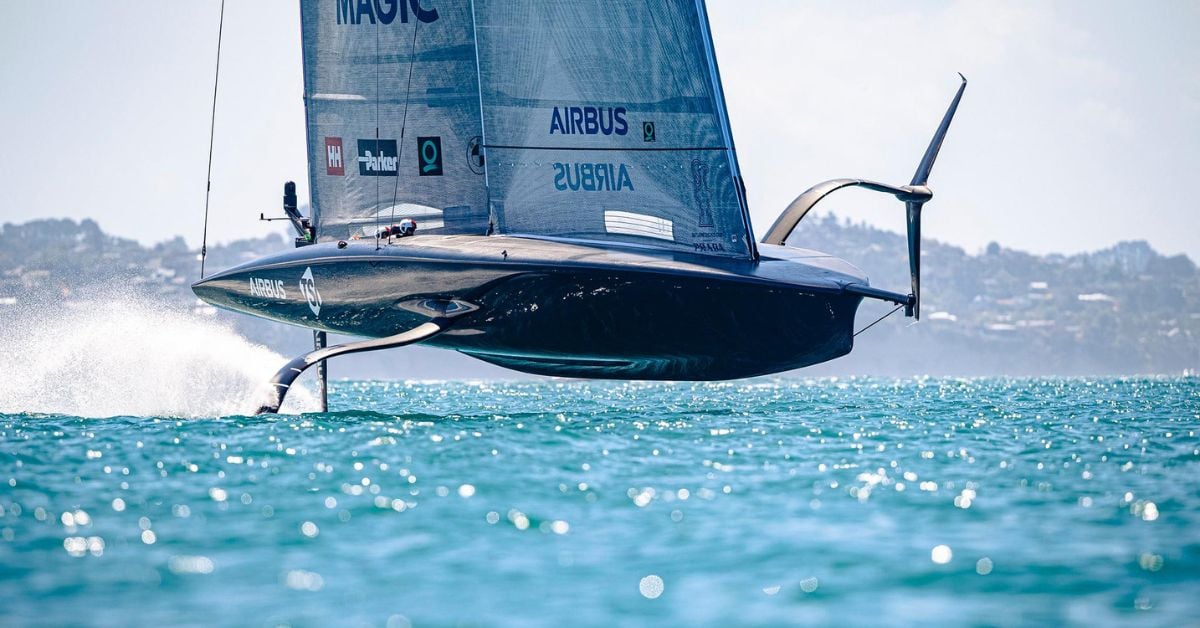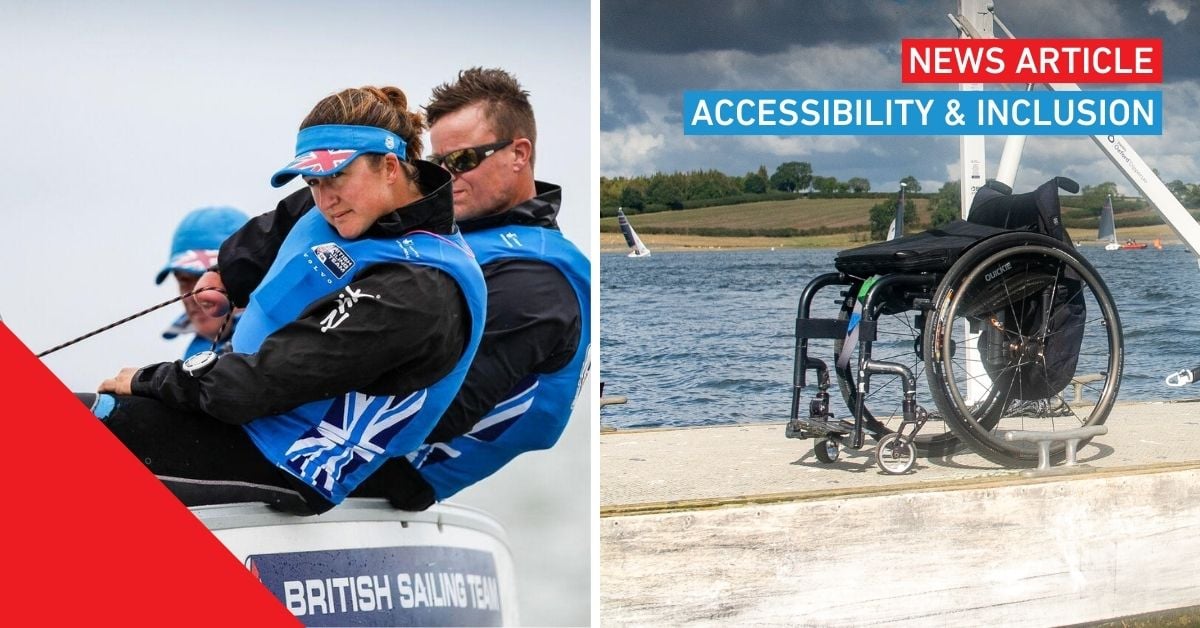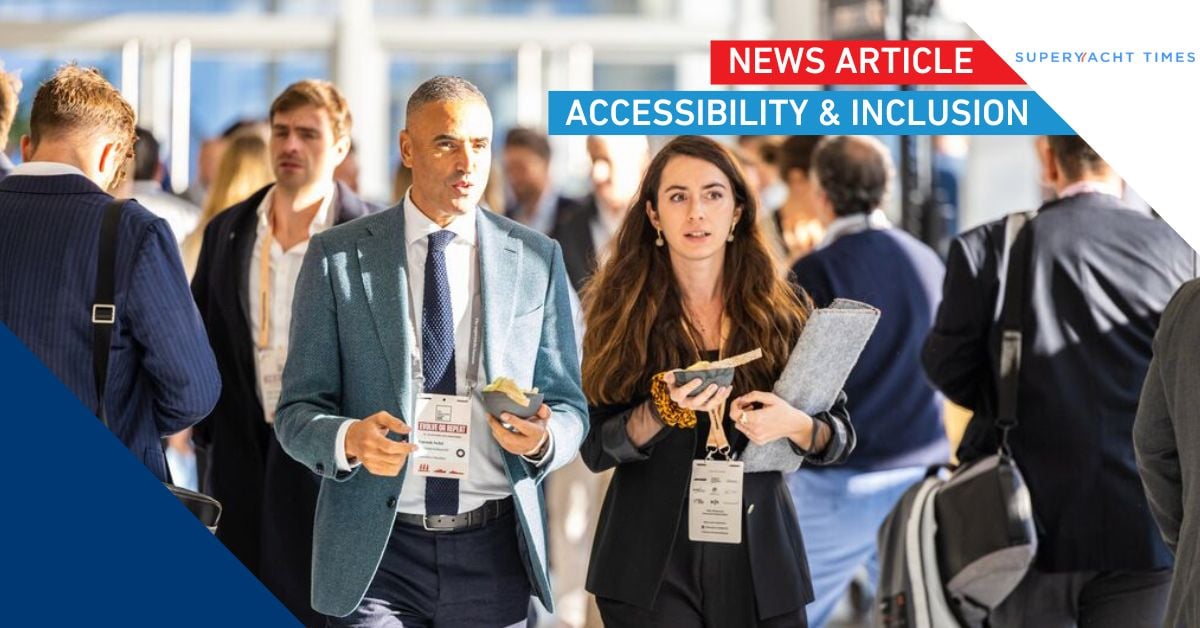Advancing regattas
Sail racing leaders explore the future of the sport
Exhilarating sail races with impressive sportsmanship from competitors, like the recent Vendée Globe and the Americas Cup last fall, get increasing attention from the crowds. Organisers and sailors are looking to further upgrade the sport of regatta sailing. The adaptation of new technologies, guarding an arena where chances to win are equal so the racing will be exciting, marketing to attract large groups of spectators, online or on the quays: there are many aspects involved in hosting a successful regatta.
Leading figures in the sport of sail racing present different ideas about the future. First, they try to explore their lessons learnt. Looking back at the 37th AC, sailed in the fall of 2024, the obvious observation is that this is a designers race. Ever since the first race around the Isle of Wight in 1851, the challenge has been to design the yacht that will sail the course in the shortest time possible, within the boundaries of a rule that defines the parameters of the yachts. The first winnr, the schooner ‘America’ won because it was designed and built to be a faster ship. In early 20th century, the J-Class rules defined the dimensions of the competitor’s boats. The latest editions featured AC75 foiling boats at high speeds, designed within a box rule defined by the defender, Team Emirates New Zealand today. All of the box rules are tests for designers to draw the fastest possible boat within the design limitations.
Development class
Criticism sounds: if the boat’s sails and foil beams are powered by hydraulics and the force to operate these hydraulics is delivered by cyclists on board that are not involved in the actual trimming of the sails or steering the boat, is this still a sailing crew? Is it not better for competition to have crews sail in equal boats so there will be closer competition? Skipper Terry Hutchinson of American Magic, the challenger from New York Yacht Club, tells of his experience: “The cyclists on board present a great human story. They are on their pedals, but so much involved. They bring an energy to the team that you would not want to miss.” Being as involved in Americas Cup sailing as he is, Hutchinson also nuances the notion of a ‘designers race’: “In the AC, the defender has the right to play the game on the water the way they want to play it, but always in a sportive way. The rule (Deed of Gift in AC terms) is defined and reviewed together with future challengers (sometimes in court). Yes, the development of the very fastest possible racing boat requires big budgets. But the rule is intended to create a level playing field and race the race on the water. The rule is not composed to have a commercial competition or to hugely benefit the biggest budget. The designers may require money to materialise their vision, it is the crew that is going out there and race. Often, human strategy or human error is critical in the outcome of races – not technology.”
Spin-off
CEO Bruno Dubois of the AC challenger from France, Orient Express Sailing Team, sees rewarding spin off from the French participation in the cup. “There are a lot of top designers, yards, composite specialists and racing teams in France. Having our team in the AC is a very good accelerator of the industry. All that we learn while developing this boat at the spearhead of the sport, we share with the industry.”
Economic driver
As the AC is a battle of conglomerates that represent their home nations, it is anticipated that the next Deed of Gift will set standards for the amount of native crewmembers. “You have to have home grown talent,” Hutchinson observes. “That is also why I am very glad with the achievements of our junior sailing program.” His view on the technical development of the sport, it’s attractiveness for young people and the accelerating effect it has on national economics is all encompassing: “Foiling and lightweight structures, the learnings we derive for other industries like automotive and aerospace, high speeds, a campus of companies all on their own specialist level involved in the development of the most advanced sailcraft: this is really an economic driver.”
Computised forecasts
Like in all industries, the first experiences with A.I are reviewed and investigations are made to further utilise the computer’s learning and processing capacities. Marine Weather Intelligence CEO Christian Dumard knows: “A.I. is very good at considering thousands of variables, it can do this better than humans. The racers in the Vendée Globe are using A.I. to calculate the longer term weather forecasts. Human meteorologists can look maybe three days ahead to predict wind and precipitation. A.I. models can take more variations into account and can do presumptions for the longer term.”
Hyper local
Creating advanced computer models for weather prediction is also the expertise of Laura Marimon Giovanetti from RISE – the Research Institute of Sweden. “We created a weather model for very local circumstances. The data were acquired from the instruments aboard small sailing boats, the Olympic classes. We created a weather prediction mode for the Bay of Marseille, where the 2024 l sailing was done. The coaches had insight into the data while the athletes were in their boats. Although were have been able, thanks to A.I., to create relatively reliable models for the hyper local circumstances, that might provide tactical advantages, it is not possible to apply this in racing – yet. For now, our local prediction models are used during the training. It is a tool for coaches. They can not tell a sailor during a race: ‘tack now’.”
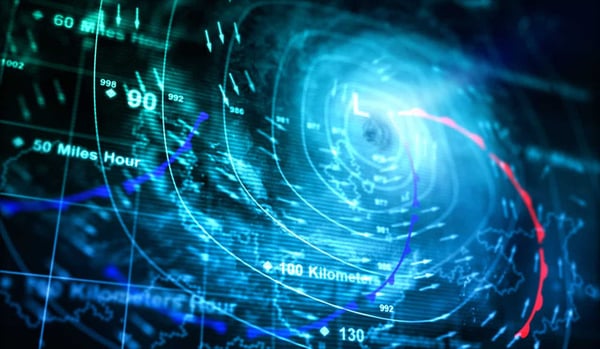
Self-learnt detection
Self learning by computers is the principle behind the hazard detection of SEA.AI – a tool that can be mounted on the mast of oceangoing yachts and commercial vessels that can detect floating objecs, also the ones just under the surface. A boat crashing into a container that has fallen overboard or any other large and hard object, will be severely damaged – with risk of sinking. One daylight normal camera and one night vision thermal camera are both always on to combine the images they find. This set-up is linked to a computer that is trained with a database of images that pose a threat – or not. Analysing the images from the camera set, the software can effectively warn the sailor for dangerous obstacles in the water. Is this A.I. or an advanced algorithm? Hard to tell where the border is between these two self learning software tools. SEA.AI CEO Marcus Warrelman has delivered his system to a majority of the participants in the Vendée Globe. “The system can see alterations in the waves, that are possibly caused by a floating object,” he explains how even objects just under the surface are detected. “The secret of computer learning lies in creating a database of images that is comprehensive enough to enable the tool to successfully identify dangerous objects, icebergs, but also loose debris that will not pose a threat to the yacht.”
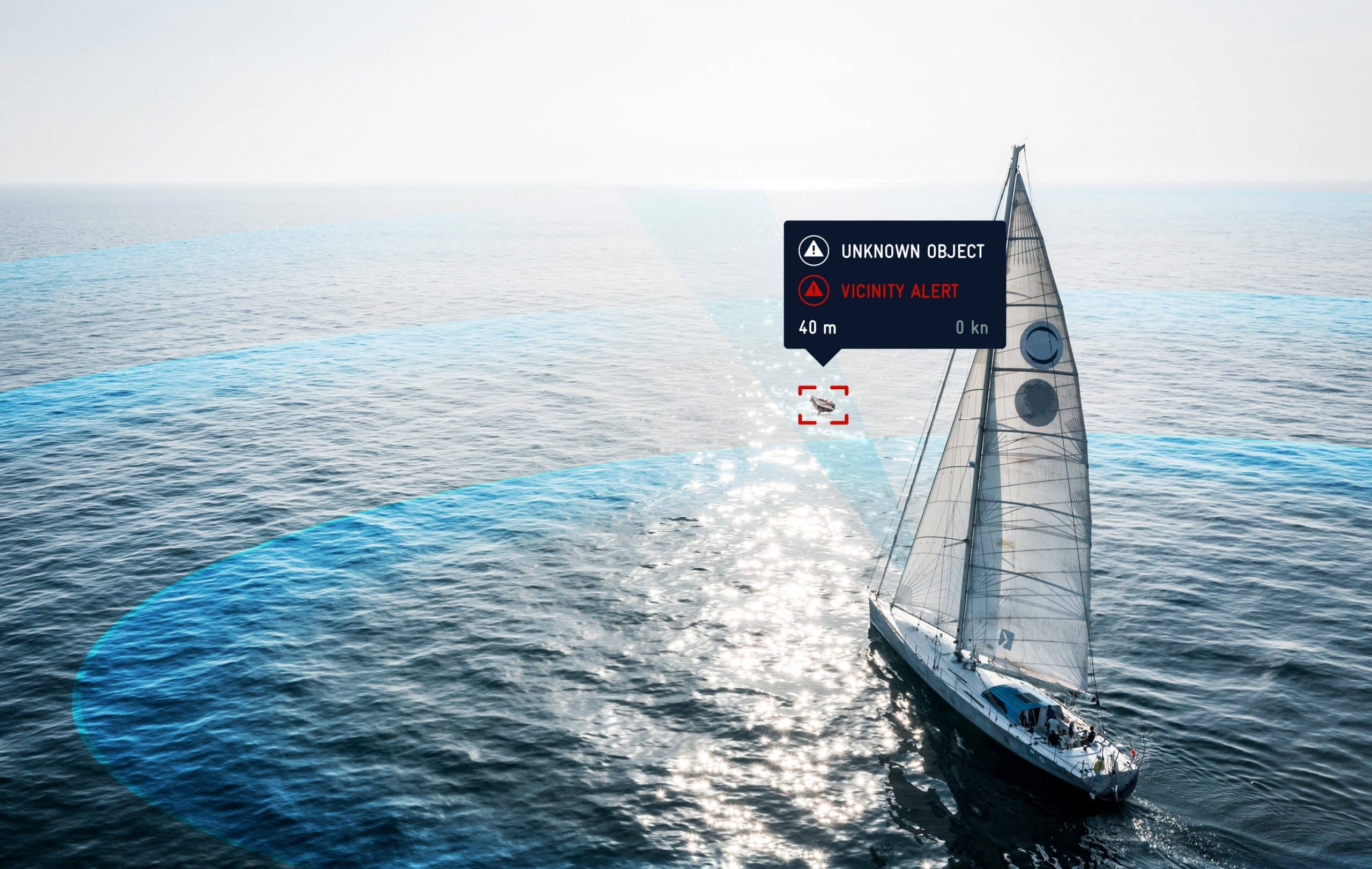
Editors note: This article was based on the content from the Yacht Racing Forum 2024. Make sure to visit next year's edition from 20-21 November 2025 via www.yachtracingforum.com/forum
